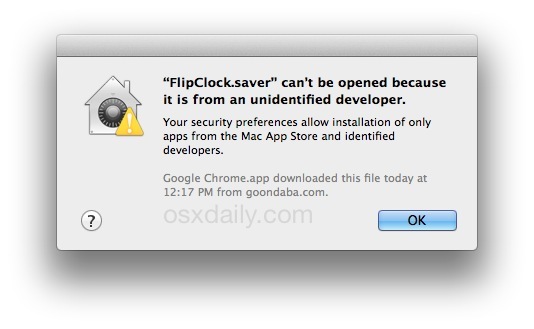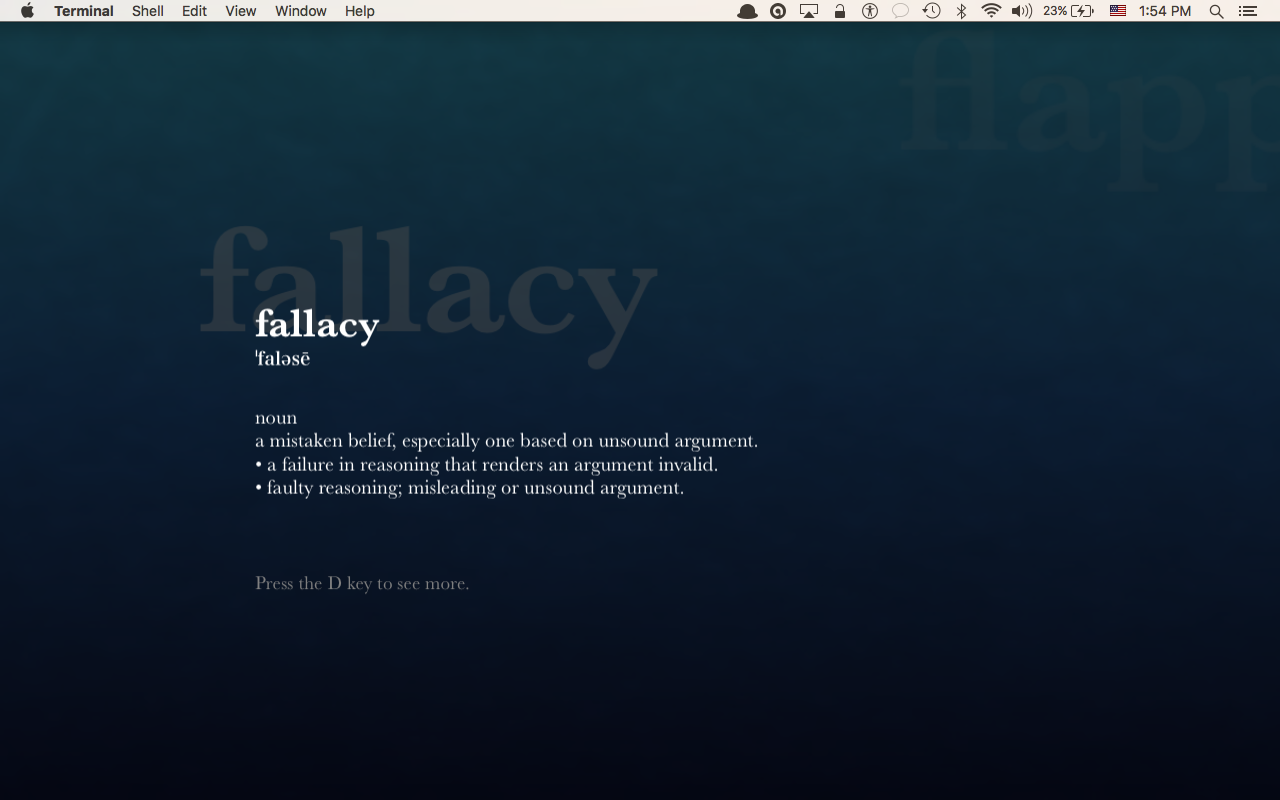

That being said, the more general solution to the problem is to kill the offending process, with the help of the Activity Monitor. In my friend’s case the process that had Yes in the Preventing Sleep column was named “AirPlayUIAgent.” I don’t have an AppleTV so I don’t know much about AirPlay, so one possible solution to her problem was to find a way to turn AirPlay off. If there had been a Yes in that column, it would indicate that the HP Device Monitor is preventing the screensaver from running. This means that the process that’s identified by that row is the one that’s stopping the screensaver from working.Īs an example of what I mean, imagine that the “HP Device Monitor” row in this image had a Yes in the Preventing Sleep column: The thing to do now is to scroll through the Preventing Sleep column and look for the word “Yes.” If you have the same problem my friend had, one (or more) of these rows will show the word Yes instead of No.

This will cause a new “Preventing Sleep” column to be shown in the table, as shown in this image:įinding the process that’s preventing the screensaver from working With this popup menu displayed, move to the bottom of it and select the Preventing Sleep menu item. This brings up the popup menu shown in this image: For example, right-click the Process Name name column header. To do that, right-click on any of the header fields. What you need to do next is add a column named “Preventing Sleep” to this view. When that column is sorted alphabetically it will look like this: (You may have to click it twice to sort it in order from A to Z, rather than Z to A.) The nice part of this step is that the processes will quit jumping around. This sorts all of the processes alphabetically. To stop things from moving around, click the header of the Process Name column. This is because by default, the view is sorted by the %CPU column. As the Activity Monitor runs you’ll probably see the processes jump around in the view. This starts the Activity Monitor application, which looks like this:Īfter starting the Activity Monitor, make sure the CPU tab is selected, as shown in the previous image. Inside the Utilities folder, click the Activity Monitor icon: First, click the Applications icon in your Dock, and then scroll down and click the Utilities folder:

To see this, start the Activity Monitor by following these steps.
#MAC OS SCREENSAVER FAILS TO ACTIVATE MAC#
Using the Mac Activity Monitor to see which process is “preventing sleep”Īt first I thought we’d have to go to the Mac command line to solve this problem, but then I read that you can see which processes are “preventing sleep” by using the Mac Activity Monitor application. This can happen because a programmer forget to set it back, or because the application crashed, or in the case of the example that follows, because the application was still running in the background. When this becomes a problem is when that setting doesn’t get set back to the way it was before. AirPlay and other applications do the same thing. This is what the Netflix programmers do, they tell MacOS to keep the screensaver from starting while a video is playing. One way to think of it is like this: Imagine that you’re watching Netflix on your Mac you don’t want the screensaver to kick in right in the middle of a good movie, right? As programmers, what we do is toggle a little MacOS setting that lets us keep the screensaver from starting. BackgroundĪs a small piece of background to this general problem, what’s probably happening is that there is a process (application) running on your Mac that’s preventing your screensaver from starting. Note: If you don’t care what’s causing the problem and you just want it to go away, you can try rebooting your Mac at this time. The rest of this tutorial explains the process of troubleshooting the problem, which can go way beyond AirPlay. When we did that the AirPlay process is automatically restarted, but when it starts running again it doesn’t interfere with the screensaver. The solution to her particular problem was to kill the AirPlay process running on her Mac. From what I can tell, after she did that AirPlay doesn’t automatically shut itself off, and it was preventing the screensaver from starting.

The short story of the problem (and solution) is that she had used Apple’s AirPlay to mirror her computer screen to her AppleTV. The same problem happened to a friend, and after a lot of research, we were able to work through it to get her Mac screensaver working again. If you have a problem where your Mac/ macOS screensaver won’t start, I hope to be able to help you in this article. A $2 donation will help keep this site running!


 0 kommentar(er)
0 kommentar(er)
